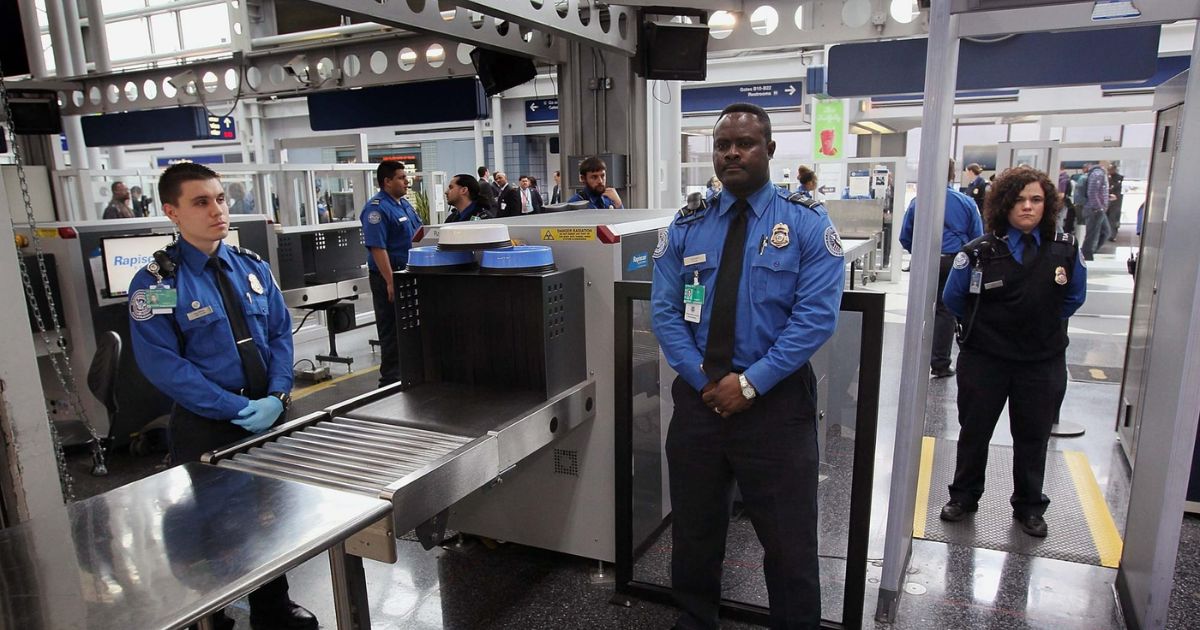Copyright travelandtourworld

Vietnam Joins Philippines, Thailand, Laos, Cambodia, Myanmar, and Southern China In Apprehension in Becoming Uninhabitable Destination at Risk as Travellers Might Fall in New Jeopardy? Published on October 23, 2025 As Southeast Asia approaches the winter months of 2025, it is gearing up for a season of severe weather. Tropical storms, intensified by the ongoing La Niña phenomenon, are expected to bring increased rainfall, heavy winds, and widespread flooding to the region. Several countries are already bracing for significant disruptions, and some may even face unlivable conditions due to storm damage. This article highlights the countries most at risk and the preparations they must undertake to mitigate the impacts of these extreme weather events. Vietnam Faces Heightened Risk of Flooding and Landslides Vietnam is one of the countries most at risk this winter. Already in 2025, Typhoon Kajiki wreaked havoc, with winds of up to 166 km/h (103 mph) and catastrophic flooding. The storm forced evacuations of over 500,000 people, highlighting the scale of the potential destruction. As the La Niña pattern persists, Vietnam is expected to experience above-average rainfall throughout the remainder of 2025. The heaviest rains will likely impact northern and central Vietnam, where flooding and landslides pose a constant threat. The Vietnamese government has already begun preparing for more frequent storm activity, with measures to strengthen flood barriers and improve early warning systems. Authorities are also urging communities, especially in low-lying and mountainous areas, to stay prepared for possible evacuations as further storms are forecasted in the coming months. The increased storm frequency can significantly affect local infrastructure, particularly roads and bridges that are already susceptible to flooding. For tourists and residents alike, this winter could be an extremely challenging period in Vietnam. The Philippines Struggles with Super Typhoons and Rising Threats The Philippines is another country preparing for a difficult winter. In recent months, the nation faced Super Typhoon Ragasa, the strongest storm of 2025, which devastated parts of the northern Philippines. It brought destructive winds, massive storm surges, and intense rainfall, causing widespread destruction and significant loss of life. The La Niña weather pattern, which often leads to more intense storms in the Philippines, is expected to continue. Forecasts predict more super typhoons and tropical cyclones, which will disrupt daily life and damage infrastructure. While the typhoons’ paths can be unpredictable, the government has warned that the Typhoon Season is not over yet. The Philippines must remain vigilant and continue implementing evacuation plans and fortifying its coastal defenses. Tourists planning to visit the Philippines this winter should stay updated on the local weather conditions and be ready to adjust travel plans, especially if certain areas are impacted by severe storms. Southern China Faces Intense Rainfall and Typhoon Risks Southern China, particularly provinces like Guangdong and Hainan, is also bracing for challenging conditions. Typhoon Matmo, which struck in early October 2025, has already caused significant damage in these regions, including extensive flooding, power outages, and disruptions to transport networks. The La Niña pattern increases the likelihood of heavy rainfall in these areas, worsening the impact of future storms. The region is expected to experience more tropical cyclones in the months ahead, including the possibility of another super typhoon. As these storms are projected to cause serious infrastructure damage, residents and businesses are advised to reinforce buildings and prepare for evacuations if necessary. Flooding and landslides are key concerns, particularly in urban areas like Guangzhou and Shenzhen, where population density and infrastructure challenges heighten the risk of catastrophic events. Thailand, Laos, Cambodia, and Myanmar Face Inland Flooding Risks While Thailand, Laos, Cambodia, and Myanmar may not experience the direct impacts of tropical cyclones, they are still at risk due to heavy rainfall and flooding caused by the surrounding storms. These countries are expected to see above-normal rainfall during the October to December period of 2025, which could lead to widespread inland flooding and landslides in mountainous areas. Thailand, in particular, may experience disruptions to both agriculture and tourism. Flooding in popular tourist areas like Bangkok and Chiang Mai could make travel more difficult, as well as damage local businesses. Similarly, Laos and Myanmar, which are prone to monsoonal rains, face increased risks of flash floods and displaced communities. Government authorities are focused on reinforcing flood defenses, improving early-warning systems, and helping communities adapt to the growing storm threats. Preparedness for Southeast Asia’s 2025 Storm Season With tropical storms expected to become more frequent and intense, countries in Southeast Asia must focus on disaster preparedness to minimize the damage caused by these extreme weather events. Governments should ensure that evacuation routes are clear, especially in areas at risk of flooding, and that emergency shelters are adequately stocked. Timely weather warnings and disaster relief efforts will be critical to saving lives. Infrastructure Upgrades Are Essential Infrastructure in Southeast Asia, particularly in coastal and mountainous regions, is highly vulnerable to storms and floods. Countries need to prioritize upgrading storm drainage systems, reinforcing building codes, and improving flood defenses. Strengthening road networks and bridges will allow faster evacuations and ensure that transportation links are operational during storms. Tourism Impact and Safety Measures For tourists planning to visit Southeast Asia during the winter of 2025, safety should be a top priority. Many popular tourist destinations, such as Vietnam, the Philippines, and Thailand, will be severely impacted by storms and flooding. Tourists should stay updated with local authorities, be aware of evacuation routes, and consider adjusting their travel schedules if necessary. Travel insurance is essential to cover any unexpected changes or cancellations due to storms. What You Can Do Stay Informed: Regularly check weather updates from reliable sources like national meteorological agencies and international weather organizations.Prepare Emergency Kits: Pack essential items such as water, medications, flashlights, and non-perishable food in case of extended power outages or evacuations.Know Your Evacuation Routes: Familiarize yourself with evacuation plans and the nearest shelters in case you need to relocate quickly.Support Local Relief Efforts: Donate to humanitarian organizations working to provide relief to affected communities. Winter 2025 in Southeast Asia is set to be a turbulent season, with severe storms and heavy rains expected to impact many countries in the region. As La Niña continues to exacerbate weather conditions, countries like Vietnam, the Philippines, and southern China must brace for tropical cyclones, flooding, and landslides. Proactive measures, such as improved disaster preparedness, infrastructure upgrades, and clear evacuation routes, will be critical in mitigating the risks posed by these storms. By staying informed, preparing for the worst, and supporting regional disaster response efforts, Southeast Asia can navigate this challenging winter, ensuring the safety of both residents and tourists.



